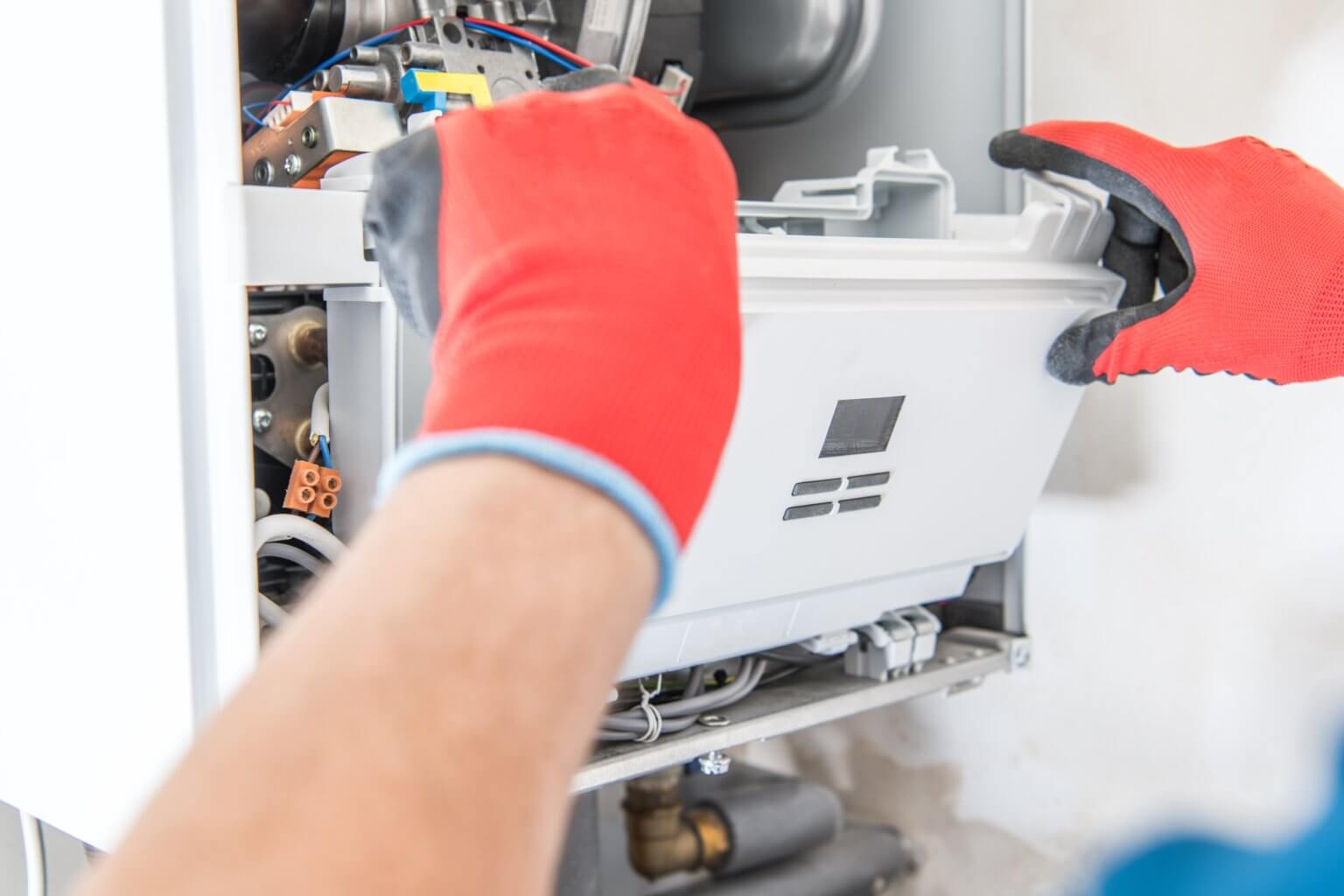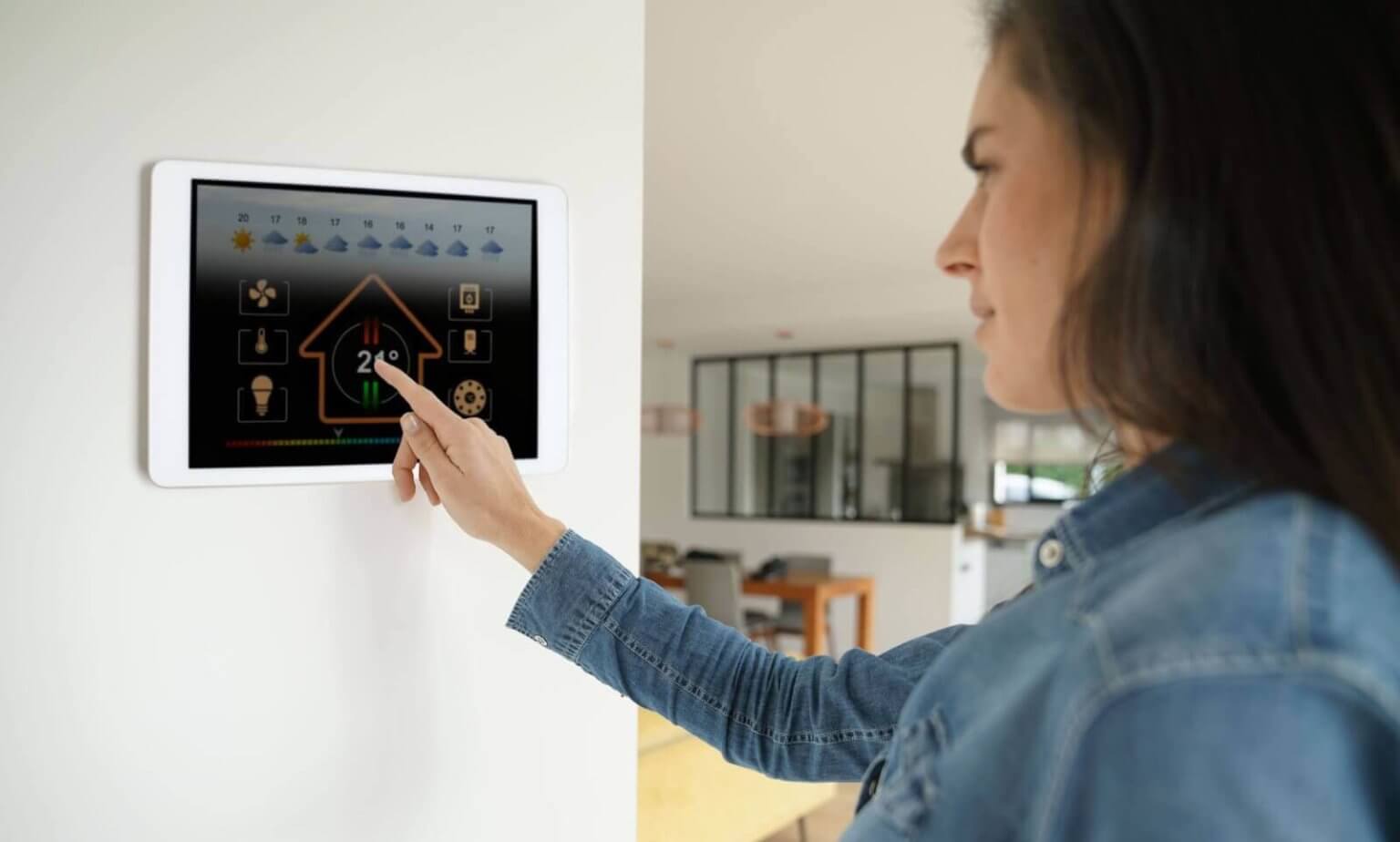How Much Does It Cost To Add AC To A 2000 Square Foot House In Canoga Park, CA?
Adding air conditioning to your home can be a fantastic way to enhance comfort during those sweltering summer months. If you're considering this upgrade, you might be wondering: How much does it cost to add AC to a 2000 square foot house in Canoga Park, CA? This comprehensive guide will break down all the factors involved, ensuring you have the information needed to make informed decisions about your air conditioning installation.
Understanding Air Conditioning Installation Costs
What Factors Affect the Cost of Adding AC?
When pondering over the costs associated with air conditioning installation, various elements come into play. Here are some key factors:
- Central Air Conditioning
- Ductless Mini-Split Systems
- Window Units
- Portable AC Units
Size and Capacity
The size of the unit required for adequate cooling in a 2000 square foot house significantly influences costs. An HVAC professional can help determine the right BTU (British Thermal Unit) capacity.
Existing Infrastructure
If ductwork is already in place from a previous heating system, installation costs may be lower. If not, new ducts will need to be added.
Labor Costs

Permits and Inspections
Depending on local regulations, you may need permits that could incur additional fees.
Seasonal Demand
Prices might fluctuate seasonally; installing an AC during off-peak times could save you money.
Average Costs for Different Types of Air Conditioning Systems
Here’s a quick comparison table outlining average costs for different systems:
| System Type | Average Cost (Including Installation) | |--------------------------|------------------------------------------| | Central Air Conditioning | $3,500 - $7,500 | | Ductless Mini-Split | $3,000 - $5,000 | | Window Units | $150 - $800 per unit | | Portable AC Units | $200 - $700 per unit |
How Much Does It Cost To Add AC To A 2000 Square Foot House In Canoga Park, CA?
In Canoga Park specifically, adding central air conditioning typically ranges from $3,500 to $7,500, depending on the intricacies mentioned above. Ductless mini-split systems might cost between $3,000 and $5,000, while window units are more affordable but lack the power needed for larger spaces.
Types of Air Conditioning Systems: Pros and Cons
Central Air Conditioning
Pros
- Efficient cooling for large areas.
- Often quieter than other options.
- Can increase home value.
Cons
- Higher installation costs.
- Requires existing ductwork or new duct installation.
- Less flexible zoning options compared to mini-splits.
Ductless Mini-Split Systems
Pros
- Highly efficient with zoned cooling capabilities.
- No ductwork is needed.
- Compact design allows flexibility in placement.
Cons
- Higher upfront costs compared to window units.
- Requires professional installation for optimal performance.
Window Units
Pros
- Low initial investment.
- Easy to install and remove.
- Ideal for single rooms or small spaces.
Cons
- Less aesthetic appeal.
- Limited cooling capacity.
- Not suitable for larger homes.
Portable AC Units
Pros
- Flexible and easy to move from room to room.
- No permanent installation required.
Cons
- Generally less efficient than other systems.
- Noise levels can be disruptive.
Calculating Energy Efficiency: SEER Ratings Explained
One important aspect of choosing an air conditioning system is understanding SEER ratings (Seasonal Energy Efficiency Ratio). This rating indicates how efficiently an air conditioning unit operates over a typical cooling season.
Higher SEER ratings mean better energy efficiency and lower utility bills over time. Typically:
| SEER Rating | Efficiency Level | |------------------|---------------------------| | 13 – 16 | Standard Efficiency | | 17 – 20 | High Efficiency | | Above 20 | Very High Efficiency |
When calculating costs for adding AC in your home, consider investing in higher SEER-rated units despite their higher upfront costs—they often Season Control Heating & Air Conditioning pay off through energy savings!
Installation Process: What to Expect During Air Conditioning Installation
Adding an AC unit involves several steps:
- A technician visits your home to assess your needs based on square footage and existing infrastructure.
- After discussing your budget and preferences, you'll select the type of system that best suits your home.
- Set a date for professional installation when it’s convenient for both parties.
- Technicians arrive with equipment; they’ll handle everything from mounting outdoor units (for central or mini-split systems) to connecting electrical lines and testing functionality.
- After installation is complete, technicians will ensure everything works correctly before leaving you with operational instructions.
FAQs
1. How long does it take to install an air conditioning system?
The average installation takes anywhere from a few hours up to one day depending on complexity—most installations are completed within one day!
2. Do I need permits to install an AC unit in Canoga Park?
Yes, local regulations typically require permits before installation; check with local authorities or consult your contractor!
3. Will adding air conditioning increase my property taxes?
Generally speaking, improvements like new AC systems can raise property value but don’t necessarily lead directly to higher taxes each year—consult your tax advisor for specifics!
4. How often should I service my air conditioning system?
It’s recommended that you have annual maintenance performed—clean filters regularly as well!

5. Are there any tax incentives available for energy-efficient air conditioning systems?
In many cases yes! Federal or state programs may offer rebates/incentives—check with local utility companies or government websites!
6. What size AC unit do I need for my house?
A qualified HVAC technician can calculate BTUs needed based on factors like square footage & insulation quality—don’t guess!
Conclusion
So there you have it—a detailed exploration into how much it costs to add AC to a 2000 square foot house in Canoga Park, CA! From understanding various types of systems available down through estimating labor costs—we’ve covered quite a bit!
Investing in proper air conditioning not only enhances comfort but also improves overall quality of life during those hot California summers! Make sure you choose wisely by consulting professionals who specialize in HVAC needs tailored specifically toward homes like yours! So what are you waiting for? Start planning today!